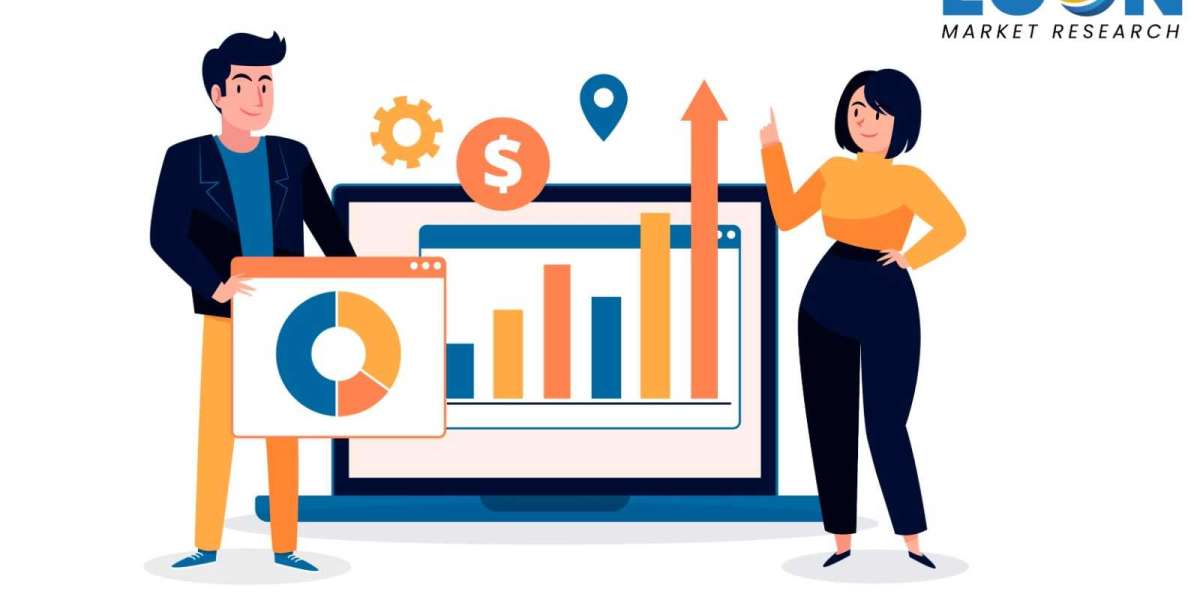The healthcare industry has witnessed a significant transformation over the past few decades, largely due to technological advancements. One area that has particularly benefited from these innovations is rehabilitation support tools. These tools are essential for helping patients recover from injuries, surgeries, and chronic conditions, and technology has revolutionized their effectiveness and accessibility.
Enhanced Accessibility and Convenience
One of the most notable impacts of technology on rehabilitation support tools is the enhanced accessibility and convenience they offer. With the advent of telehealth and mobile applications, patients can now access rehabilitation exercises and support from the comfort of their homes. This is particularly beneficial for individuals with mobility issues or those living in remote areas. For example, mobile apps can guide patients through physical therapy exercises, track their progress, and provide real-time feedback, making rehabilitation more accessible and personalized.
Data-Driven Insights and Personalized Care
Technology has also enabled the collection and analysis of vast amounts of data, leading to more personalized and effective rehabilitation programs. Wearable devices, such as smartwatches and fitness trackers, can monitor a patient's physical activity, heart rate, and other vital signs. This data can be used by healthcare professionals to tailor rehabilitation programs to the specific needs of each patient. For instance, a patient recovering from a knee surgery can have a customized exercise regimen based on their progress and physical capabilities, ensuring a more efficient and effective recovery process.
Virtual Reality and Gamification
Virtual reality (VR) and gamification are emerging technologies that are making rehabilitation more engaging and enjoyable for patients. VR can create immersive environments that simulate real-life scenarios, helping patients practice movements and activities in a controlled and safe setting. Gamification, on the other hand, incorporates game-like elements into rehabilitation exercises, making them more fun and motivating. For example, a stroke patient can use a VR system to practice hand movements by playing a virtual piano, turning a mundane exercise into an enjoyable experience.
Robotics and Assistive Devices
Robotics and assistive devices have also made significant strides in the field of rehabilitation. Robotic exoskeletons, for example, can assist patients with mobility impairments in walking and performing daily activities. These devices provide support and resistance, helping patients build strength and improve their motor skills. Additionally, advanced prosthetics and orthotics, equipped with sensors and actuators, offer more natural and precise movements, enhancing the quality of life for individuals with limb loss or deformities.
Future Prospects and Challenges
While the impact of technology on rehabilitation support tools in the healthcare industry is overwhelmingly positive, there are still challenges to address. Ensuring the affordability and accessibility of these advanced tools is crucial, as is the need for continuous research and development to keep pace with technological advancements. Moreover, training healthcare professionals to effectively use these tools and integrating them into existing healthcare systems are essential steps for maximizing their potential.
In conclusion, the impact of technology on rehabilitation support tools in the healthcare industry is profound and far-reaching. From enhanced accessibility and personalized care to the use of VR and robotics, technology is transforming the way rehabilitation is delivered and experienced. As we continue to innovate and overcome challenges, the future of rehabilitation looks promising, offering hope and improved outcomes for patients worldwide.








